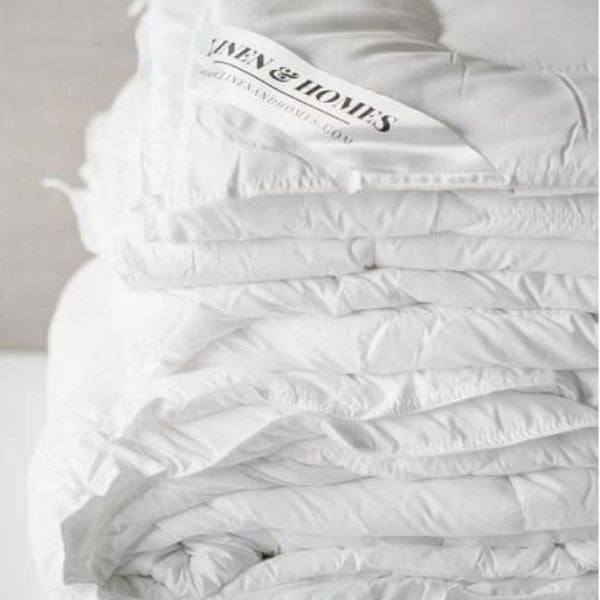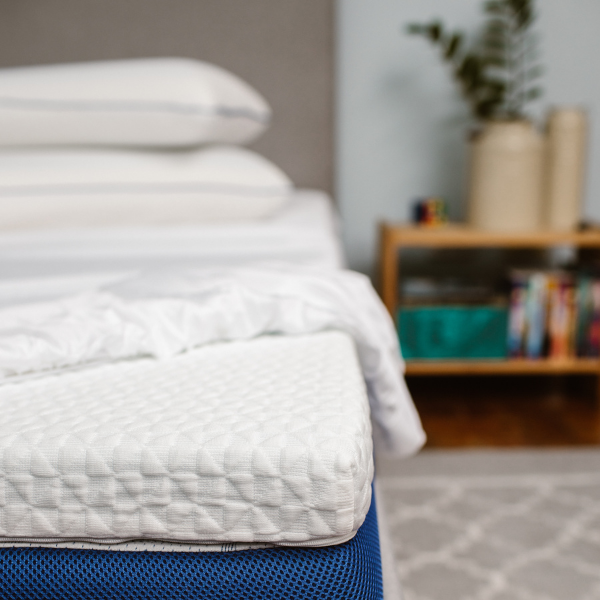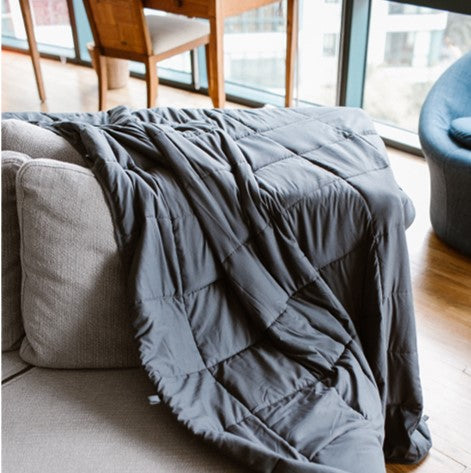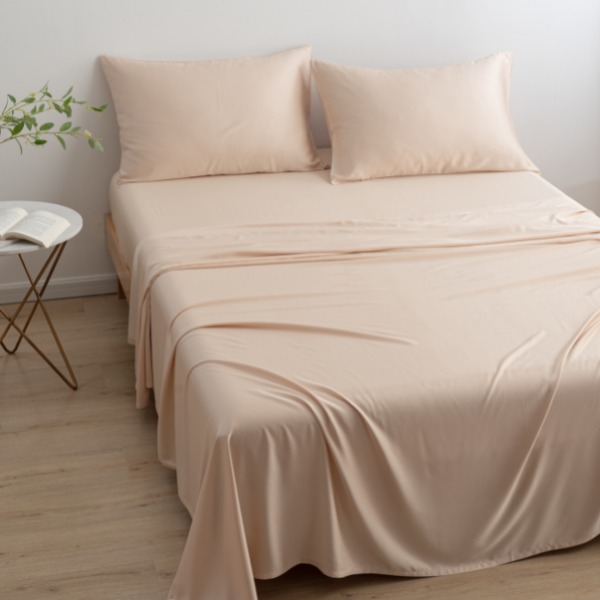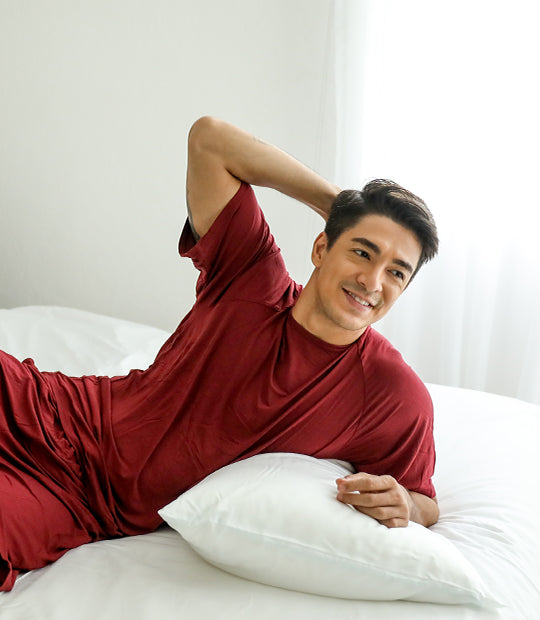FREE NATIONWIDE SHIPPING OVER PHP 1,500 | EASY RETURNS & EXCHANGES
Menu

bedding
blankets

Color Therapy: The Secret to Better Sleep
March 28, 2025 - 2 min read
March 28, 2025 2 min read
The connection between colors and our emotional well-being has fascinated humans for centuries. In the fast-paced urban landscapes of the Philippines, where stress has become an unwelcome bedtime companion, many are turning to color therapy sleep techniques for relief. This ancient practice, now backed by modern science, offers a natural approach to achieving better sleep quality through intentional color choices in our sleeping environments.
Understanding Color’s Impact on Sleep Quality
The relationship between light, color, and our sleep patterns runs deeper than mere aesthetics. Our bodies have evolved to respond to different wavelengths of light, with each color triggering specific physiological and psychological responses. When light enters our eyes, it stimulates the hypothalamus, the part of our brain that controls circadian rhythms. This process influences the production of sleep hormones, particularly melatonin, which regulates our sleep-wake cycle.
Scientific studies have demonstrated that exposure to certain colors can significantly affect our sleep quality. Red light wavelengths, for instance, have been shown to support natural melatonin production, while blue light exposure, especially from digital devices, can suppress it. This understanding has revolutionized how we approach bedroom design and evening routines, leading to more intentional color choices in our sleep environments.
Creating a Color-Optimized Sleep Environment
The implementation of color therapy in bedroom spaces requires a thoughtful approach to both design and functionality. Cool blues and gentle greens have emerged as particularly effective colors for promoting restful sleep, as they mirror the calming elements found in nature. These hues work harmoniously with our natural sleep cycles, creating an environment that signals to our brain that it’s time to rest.
When designing a sleep sanctuary, it’s essential to consider how different colors interact with each other and their impact on our psychological state. The key lies in selecting a palette that promotes relaxation while avoiding overly stimulating shades. This might mean incorporating soft, muted tones in wall colors, choosing bedding in calming hues, and ensuring that accent pieces contribute to the overall sense of tranquility.
Transforming Your Sleep Experience
The science of color therapy offers a powerful tool for improving sleep quality, but its effectiveness lies in proper implementation. Individual responses to colors can vary, making it important to pay attention to your personal reactions to different hues. Some people might find lavender especially soothing, while others might respond better to pale blue or sage green.
Creating your ideal sleep environment doesn’t have to be complicated. Start by observing how different colors affect your mood and energy levels. Consider incorporating color therapy principles gradually, perhaps beginning with your bedding choices. This is whereLinen & Homes’ premium bamboo sheets can make a significant difference. Our carefully curated collection features therapeutic colors designed to enhance your sleep experience.
Transform your nights and revolutionize your rest with bedding that combines the science of color therapy with unparalleled comfort. Visit our website to explore our selection of premium bamboo sheets in sleep-promoting colors, and take the first step toward more peaceful, restorative nights.
Also in Educational
Holiday Gifts for New Parents. Bamboo Crib Sheets for Safe and Soft Sleep
November 30, 2025 6 min read
Read MoreHoliday Gifts for People with Back Pain. Orthopedic Pillows That Help
November 30, 2025 7 min read
Read MoreOrthopedic Pillows for Neck Pain That Make Life-Changing Holiday Gifts
November 30, 2025 7 min read
Read More




